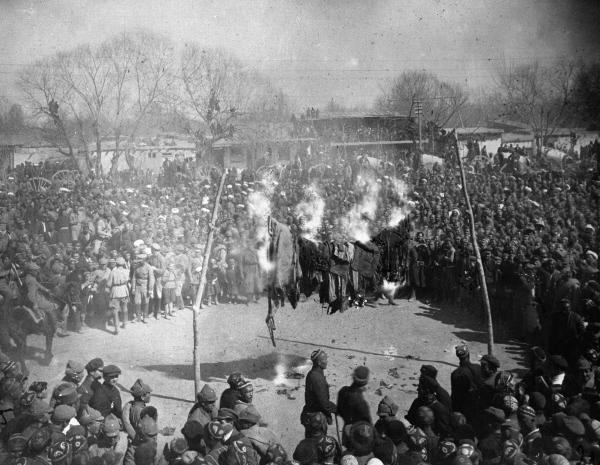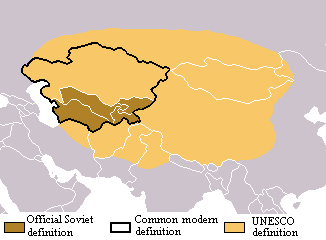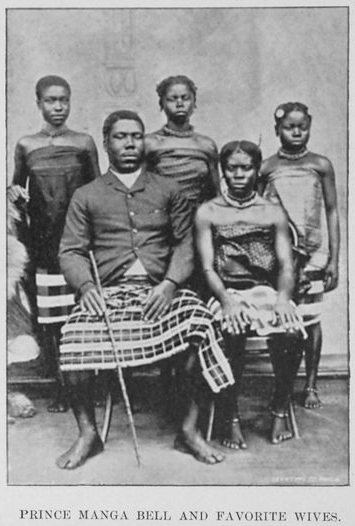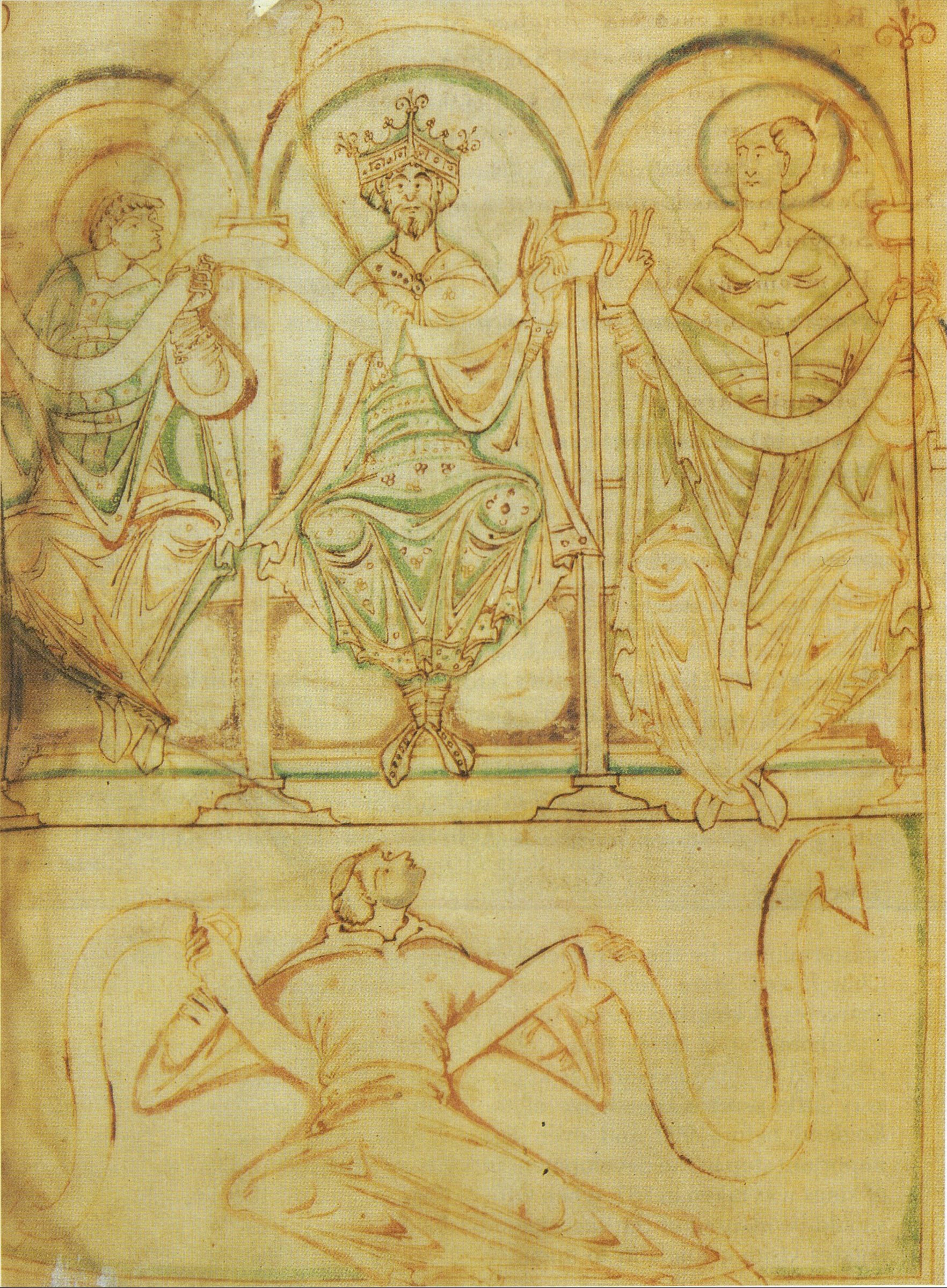|
Hujum
Hujum ( ; , ) refers to a broad campaign undertaken by the Communist Party of the Soviet Union to remove all manifestations of gender inequality within the Union Republics of Central Asia. Beginning in the Stalinist era, it particularly targeted prevalent practices among Muslims, such as female seclusion from society, female veiling practices and the practice of inheriting women as property after the death of their husbands. Northrop (2001a), p. 115. While it was often symbolized by the burning of the veils that Muslim women wore, the removal of veiling practices was not the campaign's sole goal. The Party began re-emphasizing their message of women's liberation within class consciousness. By abolishing Central Asian societal norms and heralding in women's liberation, the Soviets believed they could clear the way for the construction of socialism. The campaign's purpose was to rapidly change the lives of women in Muslim societies so that they would be able to actively pa ... [...More Info...] [...Related Items...] OR: [Wikipedia] [Google] [Baidu] |
Islam In The Soviet Union
After it was established on most of the territory of the Russian Empire, the Soviet Union remained the world's largest country until it was dissolved in 1991. It covered a large part of Eastern Europe while also spanning the entirety of the Caucasus, Central Asia, and Northern Asia. During this time, Islam was the country's second-largest religion; 90% of Muslims in the Soviet Union were adherents of Sunni Islam, with only around 10% adhering to Shia Islam. Excluding the Azerbaijan SSR, which had a Shia-majority population, all of the Muslim-majority Union Republics had Sunni-majority populations. In total, six Union Republics had Muslim-majority populations: the Azerbaijan SSR, the Kazakh SSR, the Kyrgyz SSR, the Tajik SSR, the Turkmen SSR, and the Uzbek SSR.Hannah, Abdul. "Chapter 1." ''Early History of Spread of Islam in (former) Soviet Union''. 16 Sep 2002. Witness Pioneer. 14 Feb 200/ref> There was also a large Muslim population across Idel-Ural, Volga–Ural and in th ... [...More Info...] [...Related Items...] OR: [Wikipedia] [Google] [Baidu] |
International Women's Day
International Women's Day (IWD) is celebrated on 8 March, commemorating women's fight for equality and liberation along with the women's rights movement. International Women's Day gives focus to issues such as gender equality, reproductive rights, and violence and abuse against women. Spurred by the universal female suffrage movement, International Women's Day originated from labor movements in Europe and North America during the early 20th century. The earliest version reported was a "Woman's Day" organized by the Socialist Party of America in New York City on 28 February 1909. In solidarity with them, communist activist and politician Clara Zetkin proposed the celebration of "Working Women's Day", approved at the 1910 International Socialist Women's Conference in Copenhagen, albeit with no set date; the following year saw the first demonstrations and commemorations of International Women's Day across Europe. Vladimir Lenin declared 8 March as International Women's Day in ... [...More Info...] [...Related Items...] OR: [Wikipedia] [Google] [Baidu] |
Paranja
Paranja , paranji, or faranji (from ; , , ; ; ) is a traditional Central Asian robe for women and girls that covers the head and body. It is also known as "burqa" in Arabic. It is similar in basic style and function to other regional styles such as the Afghan chadari. The part that covered the face, known as the :ru:Чачван, chachvan (; ) or chashmband (, , ), was heavy in weight and made from horsehair. It was especially prevalent among urban Uzbeks and Tājik people, Tajiks, but was not commonly worn by people in the mountainous regions of Tajikistan. It was also worn during the Shaybanids' rule (1510–1600). In the 1800s, Tajik and Uzbek Muslim women were required to wear paranja when outside their home. Paranji and chachvon were by 1917 common among urban Uzbek women of the southern river basins. This was less frequently worn in the rural areas, and scarcely at all on the nomadic steppe. One historical account of the paranja is from Lord Curzon, who travelled to Bukhar ... [...More Info...] [...Related Items...] OR: [Wikipedia] [Google] [Baidu] |
Soviet Central Asia
Soviet Central Asia () was the part of Central Asia administered by the Russian SFSR and then the Soviet Union between 1918 and 1991, when the Central Asian Soviet republics declared independence. It is nearly synonymous with Russian Turkestan in the Russian Empire. Soviet Central Asia went through many territorial divisions before the current borders were created in the 1920s and 1930s. Administrative divisions Former divisions Turkestan Autonomous Soviet Socialist Republic By the end of the 19th century, Russian tsars effectively ruled over most of the territory that later would constitute Soviet Central Asia. Russia annexed Lake Issyk Kul in north east Kyrgyzstan from China in the early 1860s, lands of Turkmens, Khanate of Khiva, Emirate of Bukhara in the second half of 1800s. Emerging from the Russian Empire following the Russian Revolution of 1917 and the Russian Civil War of 1918–1921, the USSR was a union of several Soviet republics, but the synecdoche Russia � ... [...More Info...] [...Related Items...] OR: [Wikipedia] [Google] [Baidu] |
Paranja
Paranja , paranji, or faranji (from ; , , ; ; ) is a traditional Central Asian robe for women and girls that covers the head and body. It is also known as "burqa" in Arabic. It is similar in basic style and function to other regional styles such as the Afghan chadari. The part that covered the face, known as the :ru:Чачван, chachvan (; ) or chashmband (, , ), was heavy in weight and made from horsehair. It was especially prevalent among urban Uzbeks and Tājik people, Tajiks, but was not commonly worn by people in the mountainous regions of Tajikistan. It was also worn during the Shaybanids' rule (1510–1600). In the 1800s, Tajik and Uzbek Muslim women were required to wear paranja when outside their home. Paranji and chachvon were by 1917 common among urban Uzbek women of the southern river basins. This was less frequently worn in the rural areas, and scarcely at all on the nomadic steppe. One historical account of the paranja is from Lord Curzon, who travelled to Bukhar ... [...More Info...] [...Related Items...] OR: [Wikipedia] [Google] [Baidu] |
Polygamy
Polygamy (from Late Greek , "state of marriage to many spouses") is the practice of marriage, marrying multiple spouses. When a man is married to more than one wife at the same time, it is called polygyny. When a woman is married to more than one husband at the same time, it is called polyandry. In sociobiology and zoology, researchers use ''polygamy'' in a broad sense to mean any form of multiple mating. In contrast to polygamy, monogamy is marriage consisting of only two parties. Like "monogamy", the term "polygamy" is often used in a ''de facto'' sense, applied regardless of whether a State (polity), state recognizes the relationship.For the extent to which states can and do recognize potentially and actual polygamous forms as valid, see Conflict of marriage laws. In many countries, the law only recognises monogamous marriages (a person can only have one spouse, and bigamy is illegal), but adultery is not illegal, leading to a situation of ''de facto'' polygamy being allo ... [...More Info...] [...Related Items...] OR: [Wikipedia] [Google] [Baidu] |
Honor Killing
An honor killing (American English), ''honour killing'' (Commonwealth English), or ''shame killing'' is a type of murder in which a person, usually a woman or girl, is killed by or at the behest of male members of their family or their male partner. As a form of femicide, it is caused by culturally sanctioned beliefs that homicides or femicides are necessary as retribution for the perceived dishonoring of the family by the victim. The murders are condemned by international conventions and human rights organizations, while various communities often justify and encourage honor killings. In cases where the victim is an outsider, not murdering this individual would, in some regions, cause family members to be accused of cowardice or a "moral defect", and subsequently be stigmatized in their community. In cases when the victim is a family member, the murder evolves from the murderers' perception that the victim has brought shame or dishonor upon the entire family, which could ... [...More Info...] [...Related Items...] OR: [Wikipedia] [Google] [Baidu] |
Child Marriage
Child marriage is a practice involving a marriage or domestic partnership, formal or informal, that includes an individual under 18 and an adult or other child.* * * * Research has found that child marriages have many long-term negative consequences for child brides and grooms. Girls who marry as children often lack access to education and future career opportunities. It is also common for them to have adverse health effects resulting from early pregnancy and childbirth. Effects on child grooms may include the economic pressure of providing for a household and various constraints in educational and career opportunities. Child marriage is part of the practice of child betrothal, often including civil cohabitation and a court approval of the engagement. Some factors that encourage child marriages include poverty, bride price, dowries, cultural traditions, religious and social pressure, regional customs, fear of the child remaining unmarried into adulthood, illiteracy, and ... [...More Info...] [...Related Items...] OR: [Wikipedia] [Google] [Baidu] |
Namus
The National Missing and Unidentified Persons System (NamUs) is a national clearinghouse and resource center for missing, unidentified, and unclaimed person cases throughout the United States. NamUs is funded and administered by the National Institute of Justice through a cooperative agreement with the University of North Texas Health Science Center's Center for Human Identification. NamUs resources are provided to law enforcement, medical examiners, coroners, allied forensic professionals, and family members of missing persons. They include technology, forensic and analytical services, investigative support, and local, regional, and online training programs. New York, Connecticut, Tennessee, New Jersey and Oklahoma have passed legislation to require agencies to add missing persons to NamUs listings. Services * Database technology which provides a secure, easy-to-use, centralized online database for information sharing, case management, advanced searching, and automatic matc ... [...More Info...] [...Related Items...] OR: [Wikipedia] [Google] [Baidu] |
Yashmak
A yashmak, yashmac or yasmak (from , "a veil") is a Turkish and Turkmen type of veil or worn by women to cover their faces in public. Today, there is almost no usage of this garment in Turkey. In Turkmenistan, however, it is still consciously used by some married women in the presence of elder relatives of a husband. Description Unlike an ordinary veil, a yashmak contains a head-veil and a face-veil in one, thus consisting of two pieces of fine muslin, one tied across the face under the nose, and the other tied across the forehead draping the head. A yashmak can also include a rectangle of woven black horsehair attached close to the temples and sloping down like an awning to cover the face, called peçe, or it can be a veil covered with pieces of lace, having slits for the eyes, tied behind the head by strings and sometimes supported over the nose by a small piece of gold. See also *Islam and clothing *Burqa *Chador *Hijab *Tudung The tudong ( Malay: ''tudung'', Jawi: ت ... [...More Info...] [...Related Items...] OR: [Wikipedia] [Google] [Baidu] |
Edgar03
Edgar is a commonly used masculine English given name, from an Anglo-Saxon name ''Edgar'' (composed of '' ead'' "rich, prosperous" and ''gar'' "spear"). Like most Anglo-Saxon names, it fell out of use by the Late Middle Ages; it was, however, revived in the 18th century, and was popularised by its use for a character in Sir Walter Scott's ''The Bride of Lammermoor'' (1819). The name was more common in the United States than elsewhere in the Anglosphere during the 19th century. It has been a particularly fashionable name in Latin American countries since the 20th century. People with the given name * Edgar the Peaceful (942–975), king of England * Edgar the Ætheling (c. 1051 – c. 1126), last member of the Anglo-Saxon royal house of England * Edgar of Scotland (1074–1107), king of Scotland * Edgar Alaffita (born 1996), Mexican footballer * Edgar Allan (other), multiple people * Edgar Allen (other), multiple people * Edgar Angara (1934–2018), Filipino ... [...More Info...] [...Related Items...] OR: [Wikipedia] [Google] [Baidu] |







